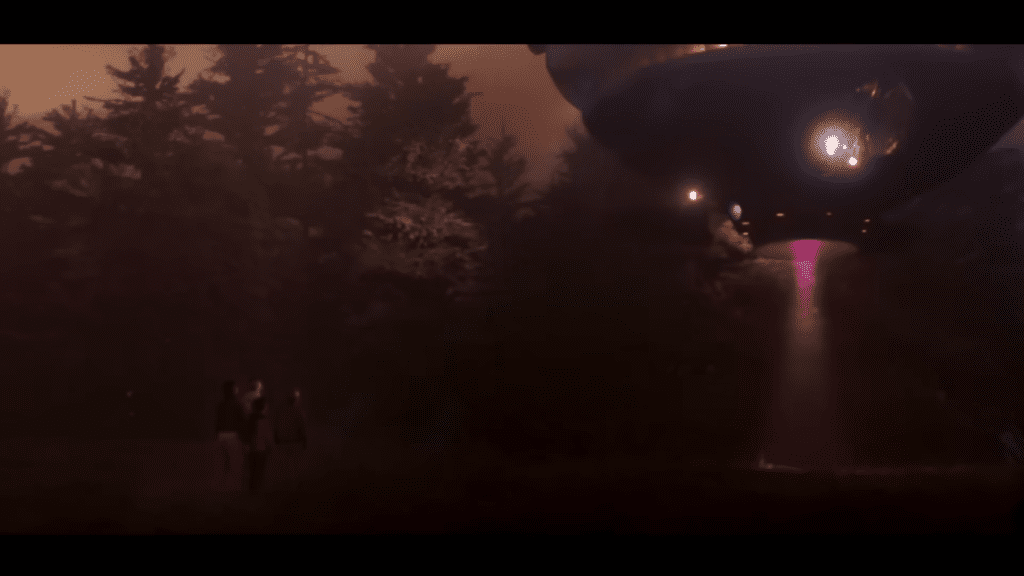In the vast repository of human history, there are tales that transcend the ordinary, stories that challenge our perceptions of reality and beckon us to explore the mysteries of the universe. Among these, one narrative stands out as a testament to the surreal and the inexplicable – the saga of “The Alien Who Lived Among Men.”

Venture with us into the heart of the Brazilian Amazon rainforest, where the Kayapo people once roamed as nomads, attuned to the rhythms of nature. Their tranquil existence was shattered one fateful night when the skies roared with unearthly sounds, heralding the arrival of a being unlike anything they had ever encountered.
Described as a colossal figure cloaked in white, with a single eye piercing the darkness, this enigmatic being wielded a silver rod capable of bending reality itself. Despite their valorous attempts, the Kayapo warriors found themselves powerless against his otherworldly might, forced to retreat in awe and fear.

Yet, it was not fear that defined their subsequent encounters but curiosity and astonishment. For when a man, fair-skinned and ethereal, emerged from the waters of a nearby lake, the Kayapo’s perception of the unknown took a profound turn. Communicating in their language and bearing the name “Be Kororoti,” he claimed descent from the heavens, bridging the chasm between their world and the stars above.
In his sojourn among the Kayapo, Be Kororoti became more than a visitor; he became a catalyst for transformation. With wisdom surpassing their own, he reshaped their society, instilling notions of governance and agriculture far beyond their time. His legacy endured through generations, his teachings woven into the fabric of their culture.

Yet, like all tales of wonder, Be Kororoti’s story took a tumultuous turn. His descent into madness, marked by erratic behavior and inexplicable acts, left the Kayapo reeling in confusion and despair. And as swiftly as he had arrived, Be Kororoti vanished into the heavens once more, leaving behind a legacy tinged with both awe and sorrow.
But perhaps the most enduring aspect of Be Kororoti’s legacy lies not in the realm of myth and speculation but in the echoes of his teachings that resonate through time. For in the rituals of the Kayapo, in their reverence for the heavens above and the earth below, we find a testament to the enduring connection between humanity and the cosmos.
So, as we ponder the enigma of Be Kororoti, let us remember that the boundaries between the ordinary and the extraordinary are often blurred, and that within the depths of the unknown lies the promise of discovery and understanding.





